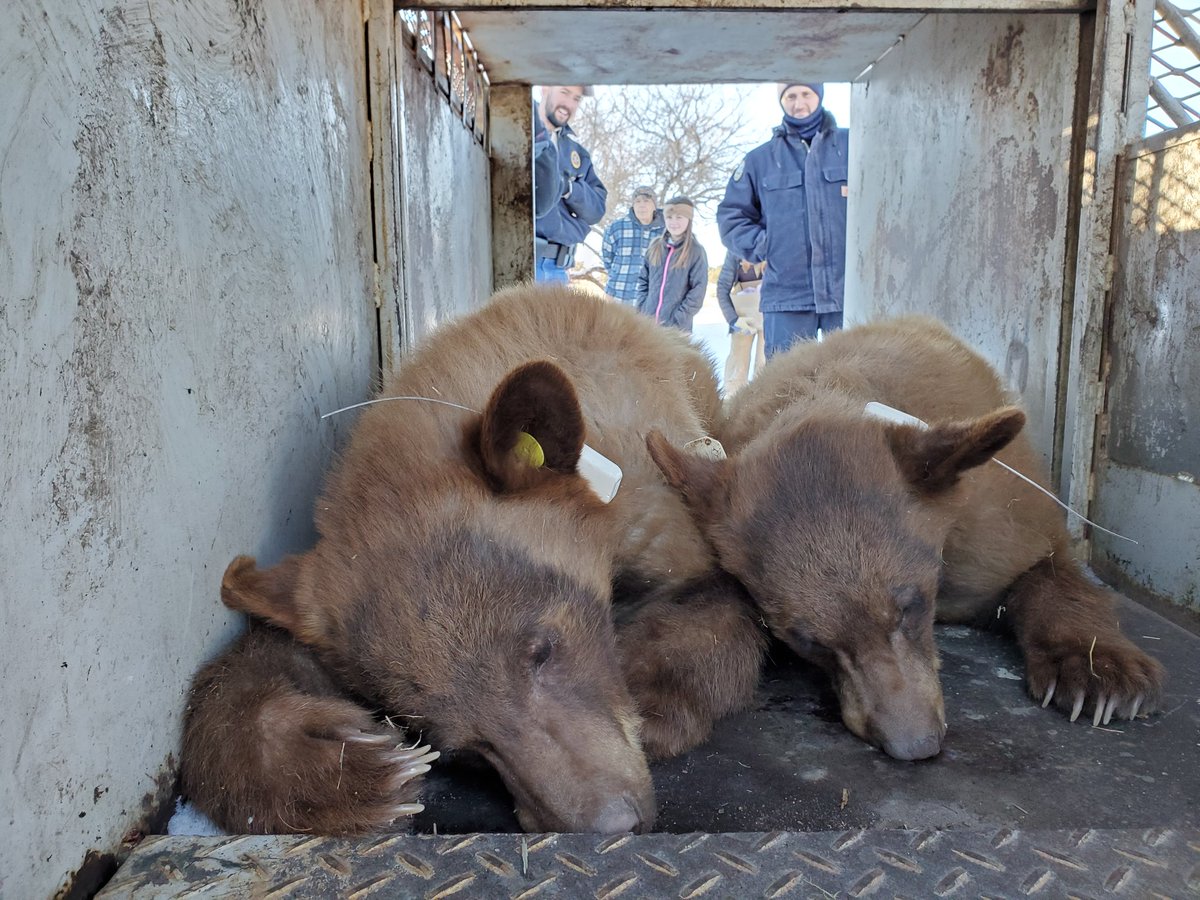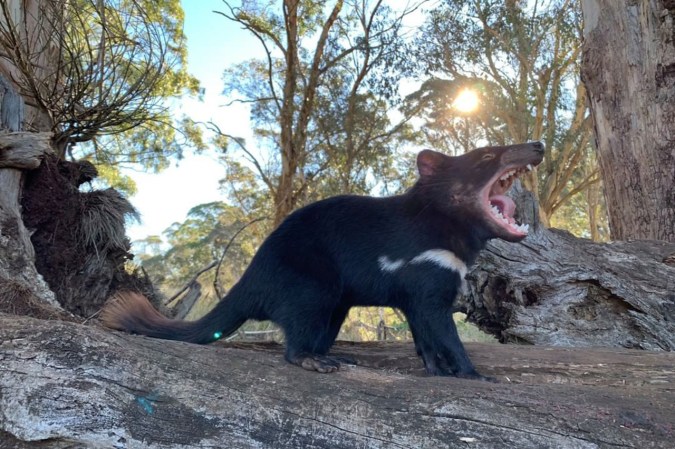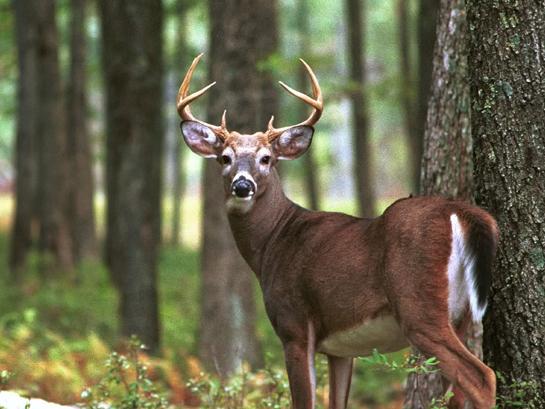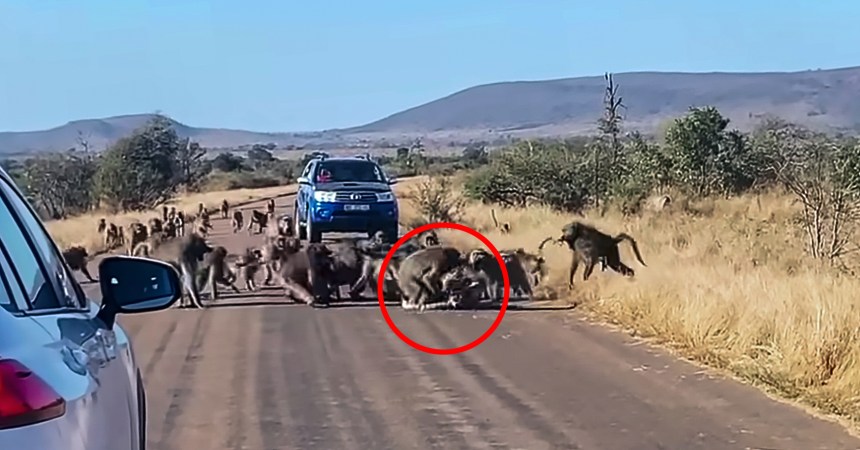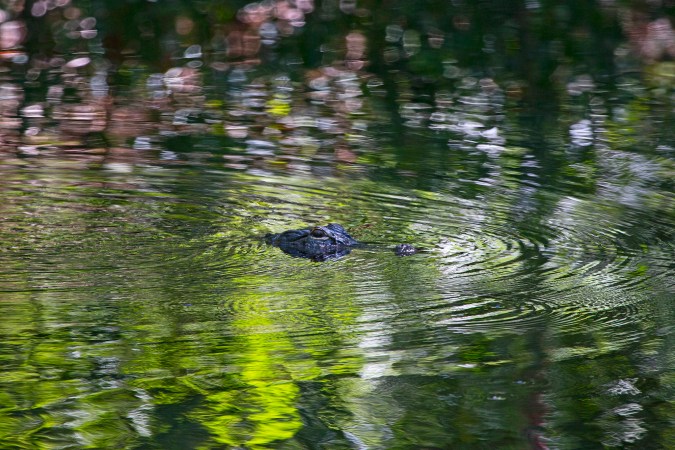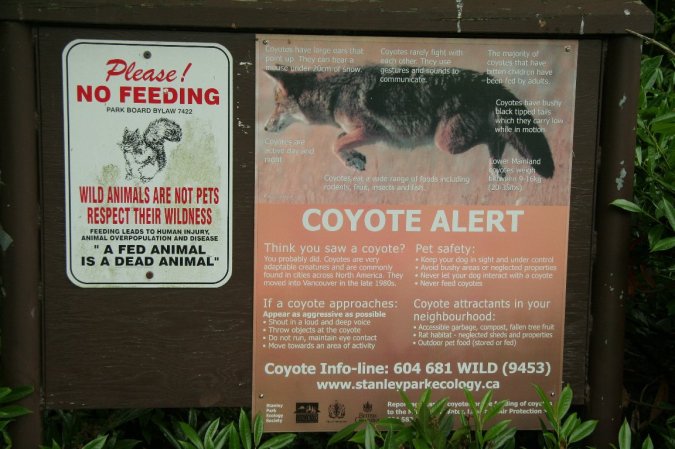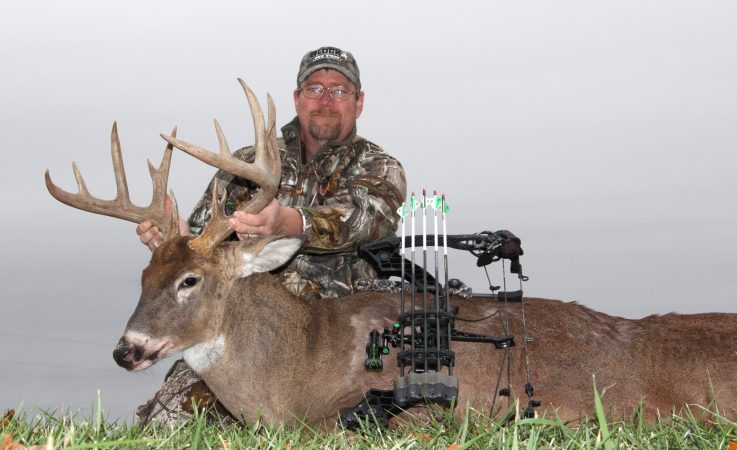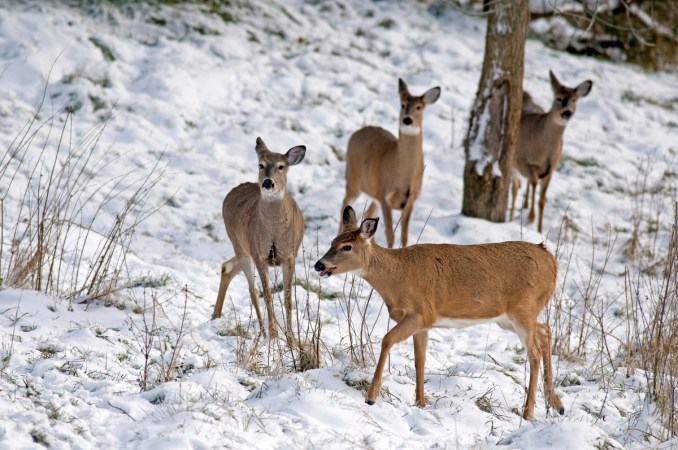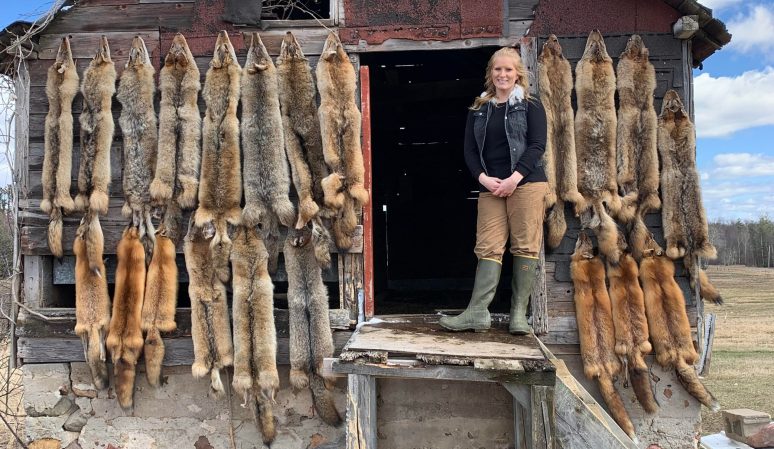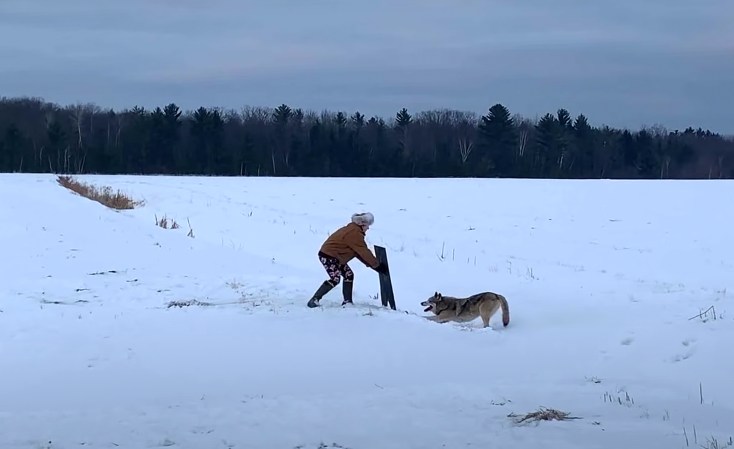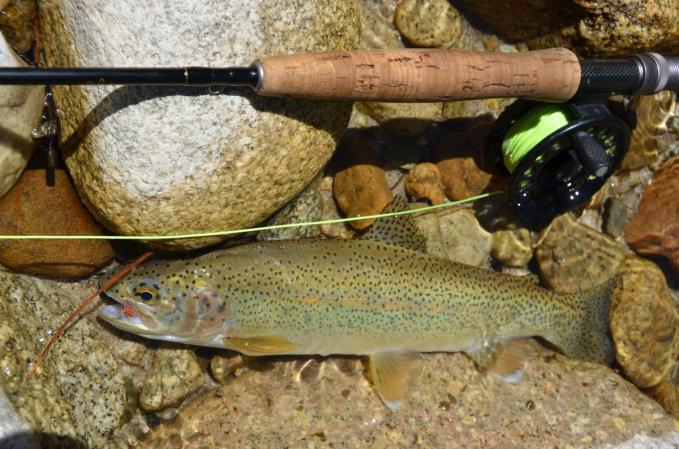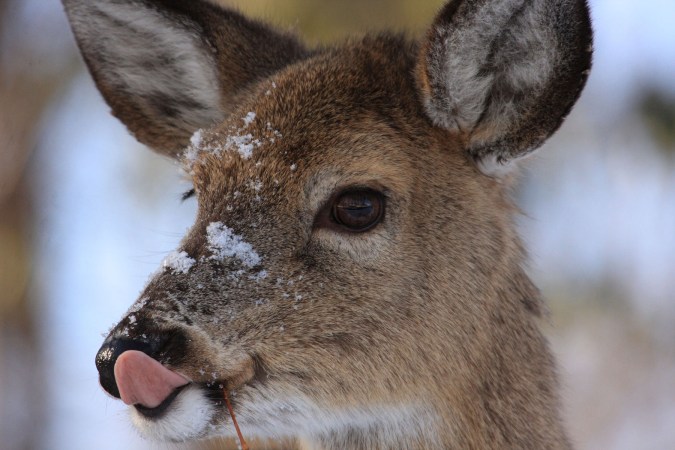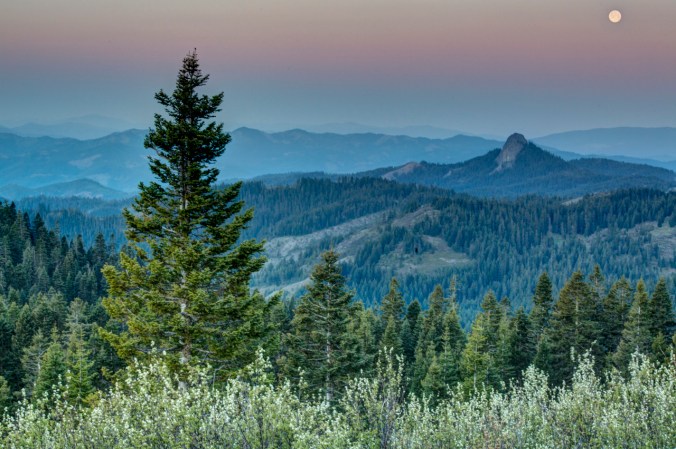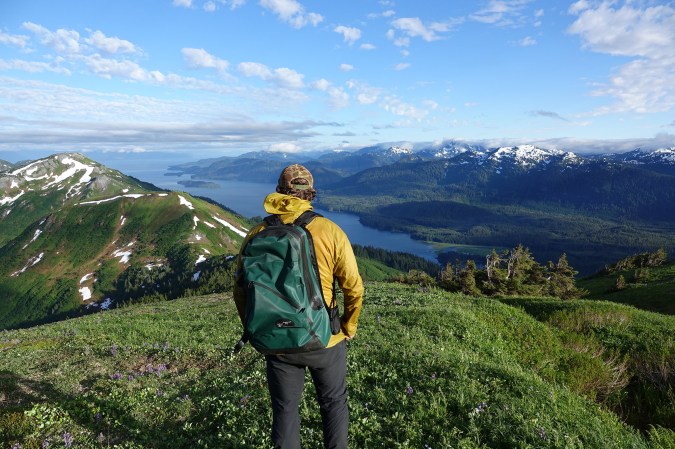Officials with Colorado Parks and Wildlife euthanized a young black bear in Teller County, Colorado, earlier this week after a couple came home to find the bear in their kitchen. CPW officials chose to euthanize the animal because it had already developed an affinity for human foods and was more likely to cause trouble for other homeowners.
The yearling bear entered the home through an unlocked door and was rummaging through the kitchen when the owners arrived. Luckily, the bear left the residence on its own as soon as the owners entered the house.
“Imagine encountering a bear in your kitchen. If there is no clear exit available, a tragic confrontation could occur. We can’t risk that happening,” said Tim Kroening, CPW wildlife manager for the Pikes Peak region. “When a bear learns that human homes are a source of food, they become dangerous to people.”
As the agency explained in a press release, this wasn’t the first time that CPW had dealt with this particular bruin.
The bear was one of two cubs that were orphaned when their mother was shot and killed by a poacher last summer near the south end of Woodland Park, Colorado. Wildlife officers found both cubs in a tree near the poached sow and took them to a rehabilitation facility where they were fed natural foods and taught how to survive.
In January, CPW officers built an artificial den for the two bears on the slopes of Pikes Peak. They were tranquilized, fitted with tracking collars, and moved inside the den. Officials hoped they would emerge as wild bears in the spring.
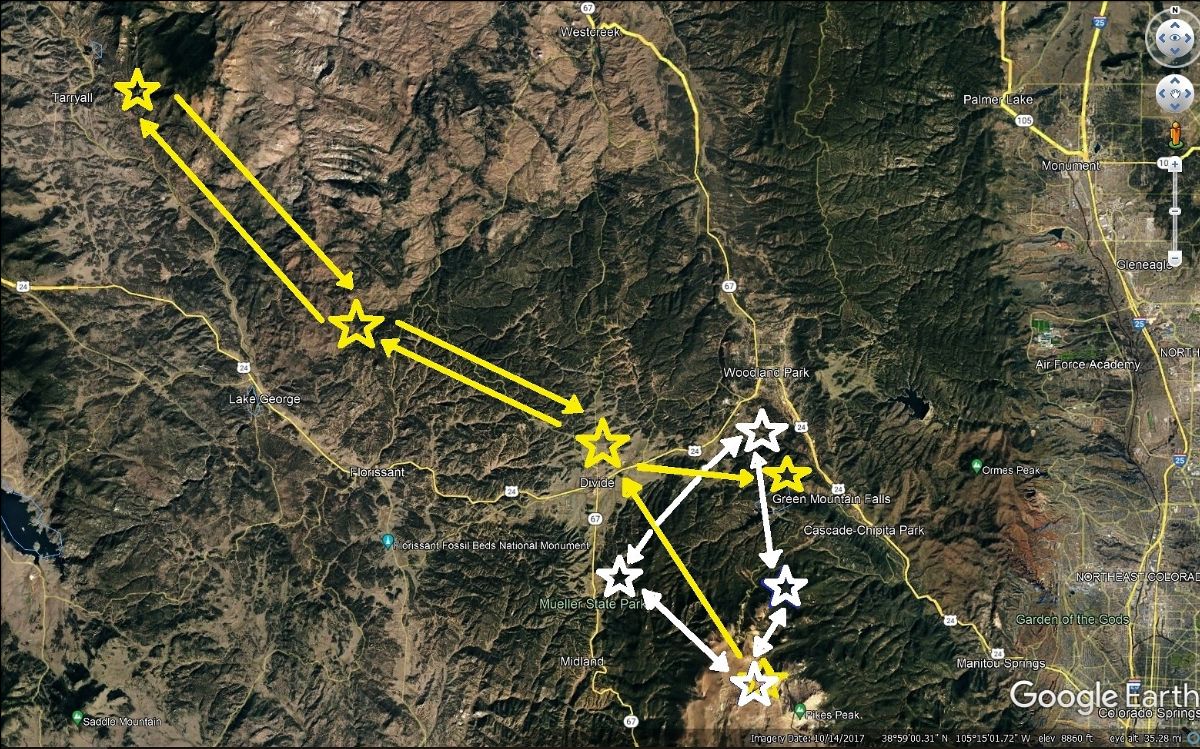
Researchers tracked the bears as spring turned to summer, and noticed that one of the siblings had wandered roughly 60 miles around the Pikes Peak National Forest before returning to the area near the den. The other found its way into the home in Teller County.
Urban Bear Conflicts on the Rise in Colorado
Wildlife officials explained that relocating the bear would have been pointless, as it likely would have ended up in another residential area in a short time.
“Colorado has become so densely populated that it is difficult to find a place to take a bear so that it won’t encounter human homes,” said Kroening. “Urban bear conflict is one of our single biggest issues.”
Read Next: Backpacker Mauled and Severely Injured by a Grizzly Bear in Wyoming
These conflicts have increased in the Centennial State over the last few years. Although bear sightings and reports were down in 2021, CPW expects more bear conflicts this coming season due to ongoing drought conditions and late spring freezes.
“When natural food sources are scarce, as the smart, flexible eaters that bears are, they tend to spend more time near humans,” CPW carnivore and furbearer program manager Mark Viera warned earlier this month. “We certainly see a correlation between annual failures of natural bear food sources and years with higher human-bear conflict rates.”
Over the past three years, CPW has received a total of 14,013 bear reports. 325 bears, or 2.3 percent of those, were euthanized, while an additional 215 were relocated. The agency advises all homeowners to keep their doors and windows locked and remove all outside food sources.
